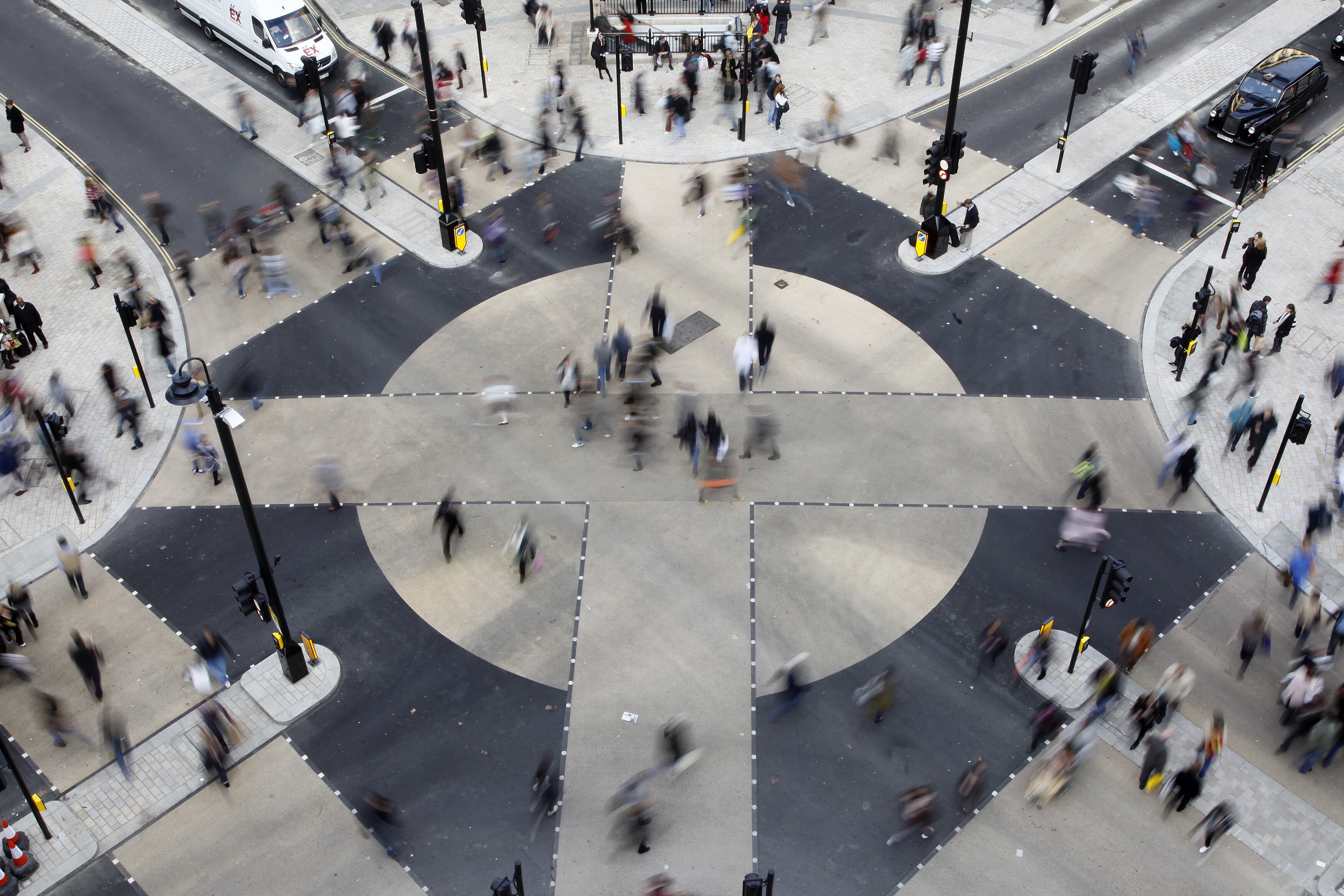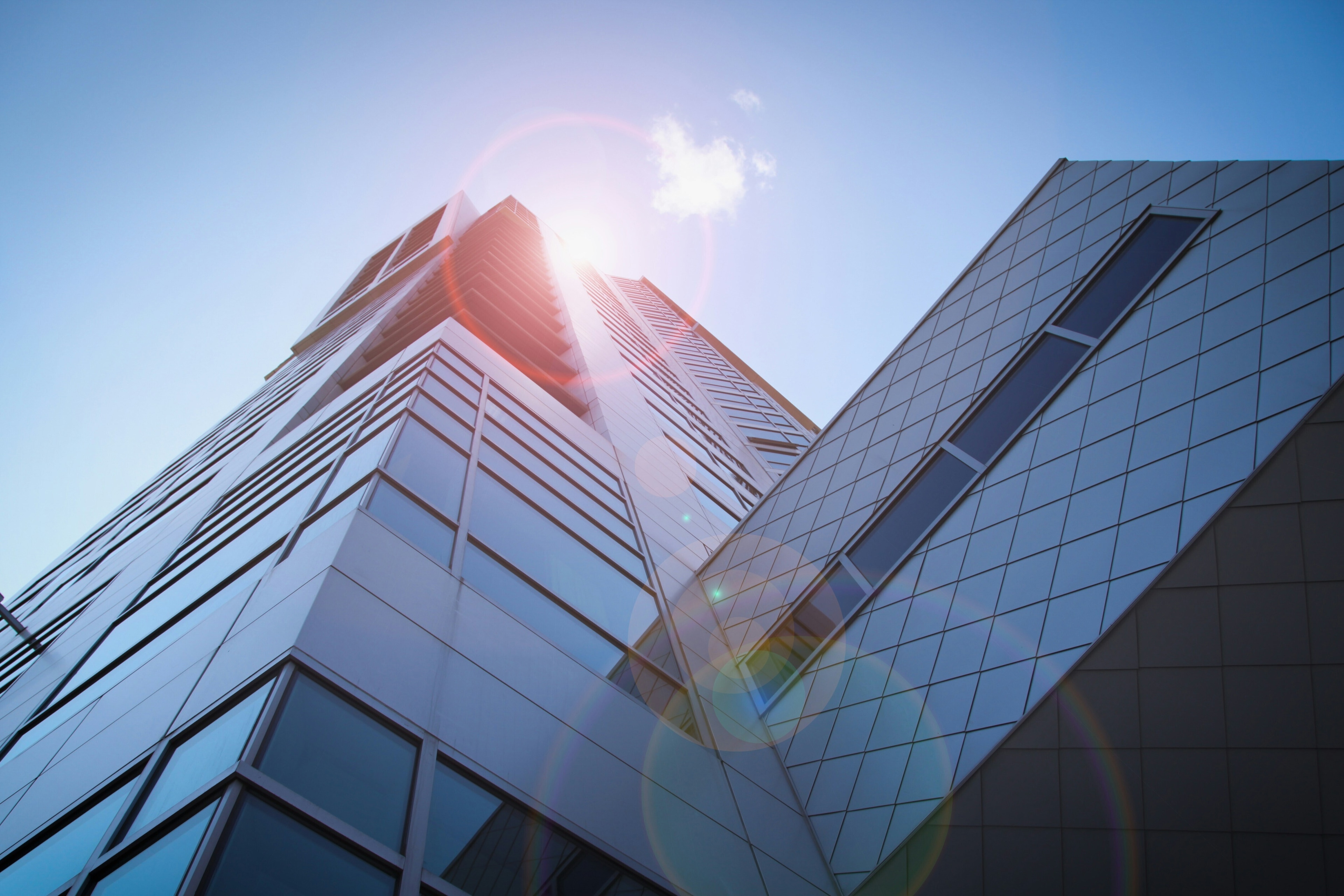How can we encourage sustainable development in Timor-Leste?


Get involved with our crowdsourced digital platform to deliver impact at scale
Stay up to date:
Economic Progress
My first visit to Timor-Leste was in 2004. At that time, I saw very little infrastructure around the capital Dili. Then in 2014, I visited Dili before settling down as Country Representative for Timor-Leste and noticed big changes compared to 10 years ago. Dili is now bustling with activities and the markets are packed with people. There are many new roads and bridges, more new buildings, shopping centers, hotels and restaurants.
Yet, while much progress has been made, there have also been concerns around the quality and return on investments in infrastructure. With this in mind, Timor-Leste’s Ministry of Finance, with the World Bank’s support, recently conducted a Public Expenditure Review of Infrastructure and looked at the quality of spending on roads, irrigation and electricity across the country.
A major driver of infrastructure spending in the last few years has been the Strategic Development Plan for 2011-2030, where the government committed itself to developing and improving core infrastructure, such as roads and electricity, to support a modern and productive economy. Through this plan and future investment, the government is aiming to achieve upper-middle income status, with a secure, well-educated and healthy population, by 2030.
Infrastructure: core to Timor-Leste’s growth
The government argues that investing in and building infrastructure, particularly roads, will lead to high economic growth in the short and medium term. However, investments in infrastructure should be commensurate with the needs.
In 2011, Timor-Leste’s spending on infrastructure peaked at $534 million–one of the highest rates of infrastructure spending in the world, and a rapid increase in nominal terms from just $33 million in 2008.
In the short term, spending on infrastructure has contributed to economic growth. Growth has been concentrated in the government administration and construction sectors, where spending grew by 128.4% and 97.4% in real terms in 2008 and 2012 respectively.
Currently the government is in a strong financial position. Having saved more than $16.5 billion in the petroleum fund, there is enough to pay for the 2014 budget more than ten times over. But this may not always be the case. When looking ahead it is always important to have better planning and consider the maintenance cost for all infrastructure to ensure high returns on investments.
Roads: a priority?
A country’s roads system is often said to be its most valuable non-resource asset, and this is certainly true for Timor-Leste. But with more than 6,000 kilometers of roads – many of them in poor condition – Timor-Leste faces the issue of high maintenance cost and a gradual decline of its assets.
A rule of thumb suggests that a country’s road assets should make up 20-40% of the country’s GDP. If Timor-Leste were to fully restore its road network, it would reach around 109% of non-oil GDP; a value much larger than the economy needs, resulting in maintenance costs that require significant financing and trade-offs in the budget.
To manage these restoration and maintenance concerns, the expenditure review suggests a road hierarchy to guide the development and rehabilitation of the country’s road network. Roads critical to economic and social development should be upgraded, while those less critical should be repaired or rehabilitated at a lower level of service.
Electricity: a basic right for all Timorese
The government, through its Strategic Development Plan, affirms that access to electricity is a basic right of all Timorese citizens and fundamental for economic development. The government set itself the ambitious target of universal access to reliable electricity 24 hours a day by the end of 2015.
Dramatic increases in access to electricity have already been seen; from around 22% in 2007, to 53% in 2013. However, this investment carries high costs of subsidies for diesel-generated electricity and some of the world’s highest rates of ‘hidden’ costs such as inadequate measurement of usage, as well as limited billing and payment.
A number of recommendations to address these concerns include measuring and billing for the electricity use, improving the efficiency of the diesel fuel used to power the generators, and diversifying electricity and energy sources.
Irrigation: key to the agriculture development and food supply
One objective of the Strategic Development Plan is for Timor-Leste to be self-sufficient in producing staple food items such as rice.
Having a well-functioning irrigation system is a key element for increasing domestic rice production and therefore vital to realizing this goal. Timor-Leste’s approach to irrigation is aimed at rehabilitating the existing river diversion irrigation systems that were first constructed during the Indonesian occupation. With little or no maintenance since then, many of these systems are no longer functional, and it is estimated it will cost the government approximately $10,000 per hectare to build and/or refurbish them; a high price even by international standards, and one that is unlikely to generate a high enough return on investment to justify it.
The review proposed an alternative, a ‘hybrid’ irrigation strategy, building on existing infrastructure, as well as investing in supplementary tube-well irrigation. It also highlighted the importance of developing local markets and providing support for farmers. While irrigation is critical, without any investment in linked inputs such as seeds, fertilizer, marketing assistance and facilities, the benefits of investing in irrigation infrastructure won’t be maximized.
The Public Expenditure Review of Infrastructure also demonstrates just how complex the planning and management of key infrastructure spending can be.
Investment in infrastructure is vital for Timor-Leste and it is important for the government to act on the review’s findings, spend money wisely, invest in quality projects with enough recurrent funding to keep them well maintained, and to work towards budget sustainability and greater returns for Timor-Leste and its citizens.
This post first appeared on The World Bank East Asia & Pacific on the Rise Blog.
Publication does not imply endorsement of views by the World Economic Forum.
To keep up with the Agenda subscribe to our weekly newsletter.
Author: Bolormaa Amgaabazar is the Country Representative of World Bank Timor-Leste.
Image: An aerial view of Timor-Leste’s town of Dili during sunset, July 5, 2007. REUTERS/Bazuki Muhammad (EAST TIMOR) – RTR1RHN2
Don't miss any update on this topic
Create a free account and access your personalized content collection with our latest publications and analyses.
License and Republishing
World Economic Forum articles may be republished in accordance with the Creative Commons Attribution-NonCommercial-NoDerivatives 4.0 International Public License, and in accordance with our Terms of Use.
The views expressed in this article are those of the author alone and not the World Economic Forum.
The Agenda Weekly
A weekly update of the most important issues driving the global agenda
You can unsubscribe at any time using the link in our emails. For more details, review our privacy policy.
More on Economic GrowthSee all
Roger Spitz
May 3, 2024
Sreevas Sahasranamam and Vivek Soundararajan
May 3, 2024
Wolfgang Fengler and Homi Kharas
May 3, 2024
Meagan Andrews and Haleh Nazeri
May 3, 2024
Joe Myers
May 3, 2024
Gayle Markovitz and Kate Whiting
May 2, 2024






